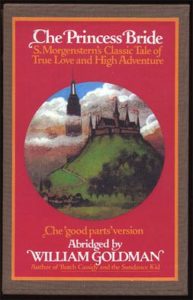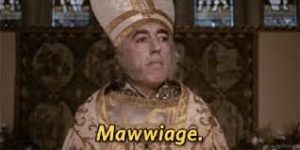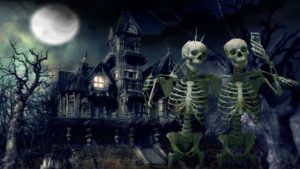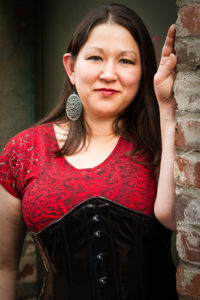 My husband and I have a long-standing conversation regarding movie adaptations of books. Should you read the book first or watch the movie first? After years of discussion, countless examples as evidence for both sides, we came to the conclusion. It happened because of Game of Thrones. I had not yet read any of the books and he had. Let’s just say the Red Wedding was a very big, fantastic, horrible surprise to me. For my husband, not so much. Because of that episode of Game of Thrones, we both agreed that it is best to see the movie (or TV show) and then read the book, because, we agreed, the book will almost always be better. So it’s important to go to a movie and be able to enjoy it instead of sit there comparing it to the book you remember reading. That way, you can enjoy yourself while watching the movie, then read the book after and enjoy it just as much because? The book is almost always better.
My husband and I have a long-standing conversation regarding movie adaptations of books. Should you read the book first or watch the movie first? After years of discussion, countless examples as evidence for both sides, we came to the conclusion. It happened because of Game of Thrones. I had not yet read any of the books and he had. Let’s just say the Red Wedding was a very big, fantastic, horrible surprise to me. For my husband, not so much. Because of that episode of Game of Thrones, we both agreed that it is best to see the movie (or TV show) and then read the book, because, we agreed, the book will almost always be better. So it’s important to go to a movie and be able to enjoy it instead of sit there comparing it to the book you remember reading. That way, you can enjoy yourself while watching the movie, then read the book after and enjoy it just as much because? The book is almost always better.
It’s extremely rare when I think a screen adaptation of a book (or books) is better than the book. I actually can’t think of one example… oh wait. Legend of the Seeker was about fifty times better than the first fifty pages I was able to get through of Terry Goodkind’s Wizard’s First Rule. That exception aside, it’s almost just as rare when I like the movie just as much as the book. And at the top of that list is The Princess Bride, book by William Goldman, movie directed by the great Rob Reiner.
 Is it worth your time? It’s absolutely worth your time, and that’s really all I have to say by way of argument for you to read it. If you loved the movie, you will find a multitude of reasons to love the book (although alas, we can’t see Mandy Patinkin, but you can just imagine him as Inigo Montoya). However, I’ve heard some blaspheme whispered near and far about how the book was okay, but the introduction was weird.
Is it worth your time? It’s absolutely worth your time, and that’s really all I have to say by way of argument for you to read it. If you loved the movie, you will find a multitude of reasons to love the book (although alas, we can’t see Mandy Patinkin, but you can just imagine him as Inigo Montoya). However, I’ve heard some blaspheme whispered near and far about how the book was okay, but the introduction was weird.
Let me dispel any fears by saying the introduction is a work of genius. In it, Goldman tells a fictitious account of how the book got made. It’s not even real. Who writes a fictitious introduction? No one that I know of. When I first started reading the introduction, I thought, “Is this quirky little beginning really Goldman? Is this part of the book? What’s going on?” So to you I say this: just enjoy. It’s Goldman poking fun at himself and the classic needy writer stereotype.
This holiday season, do yourself a favor and curl up with a classic. “What’s it about? Fencing. Fighting. True Love. Strong Hate. Harsh Revenge. A Few Giants. Lots of Bad Men. Lots of Good Men. Five or Six Beautiful Women. Beasties Monstrous and Gentle. Some Swell Escapes and Captures. Death, Lies, Truth, Miracles, and a Little Sex. In short, it’s about everything.”
Oh, and:




